Animal Life news stories

The earliest multicellular organisms may have lacked heads, legs, or arms, but pieces of them remain inside of us today, new research shows.
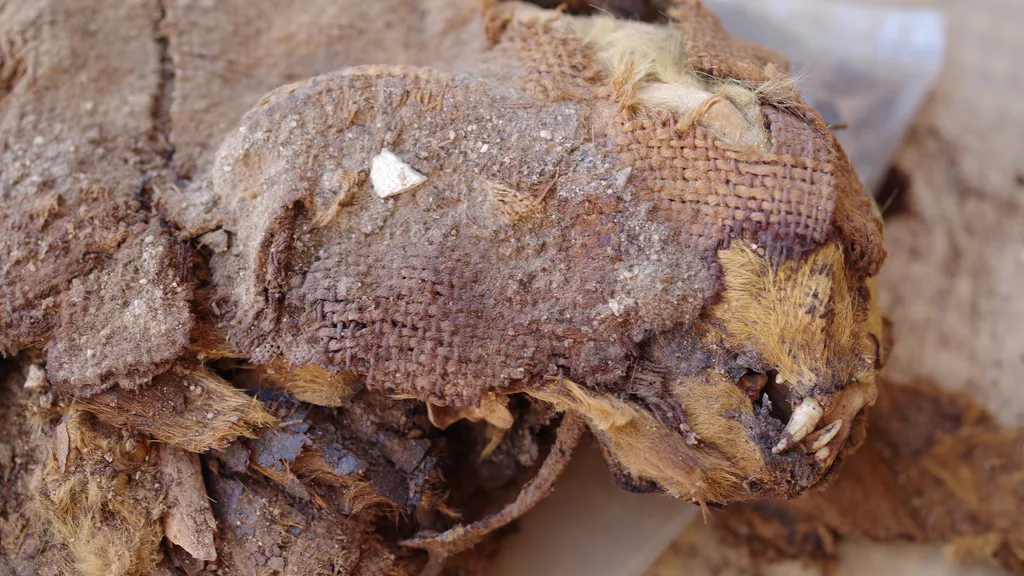
Archaeologists in Egypt have discovered the oldest pet cemetery on record — a nearly 2,000-year-old burial ground filled with well-loved animals, including the remains of cats and monkeys still wearing collars stringed with shell, glass and stone beads, a new study finds.
Last year, Singapore became the first country to allow the sale of lab-grown meat. BBC Minute takes a look at what lab-grown meat is and whether it could help to reduce greenhouse gas emissions in the future.
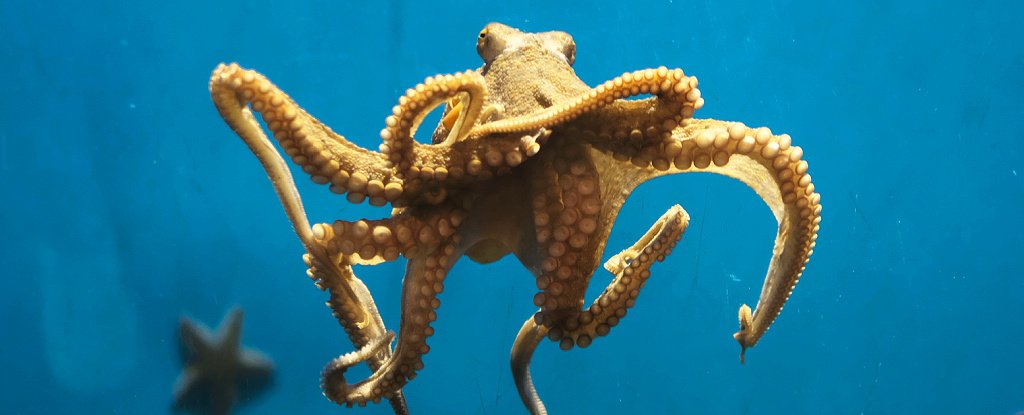
An important new study suggests octopuses are likely to feel and respond to pain in a similar way to mammals – the first strong evidence for this capacity in any invertebrate.
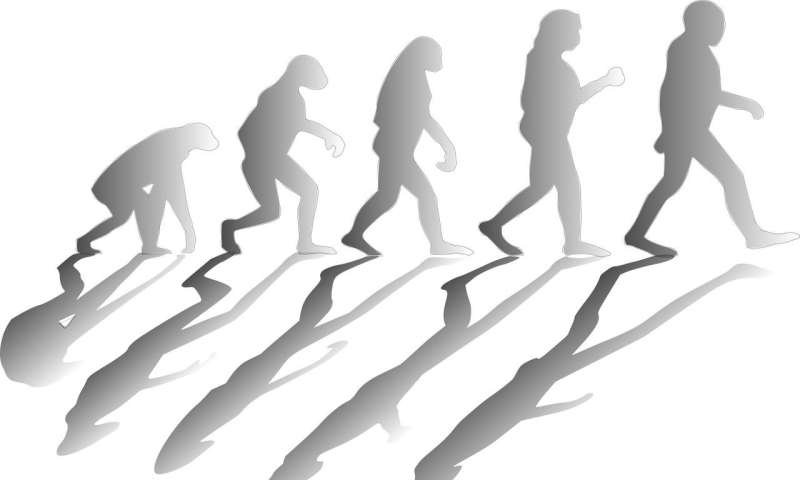
When you think about what separates humans from chimpanzees and other apes, you might think of our big brains or the fact that we get around on two legs rather than four. But we have another distinguishing feature: water efficiency.
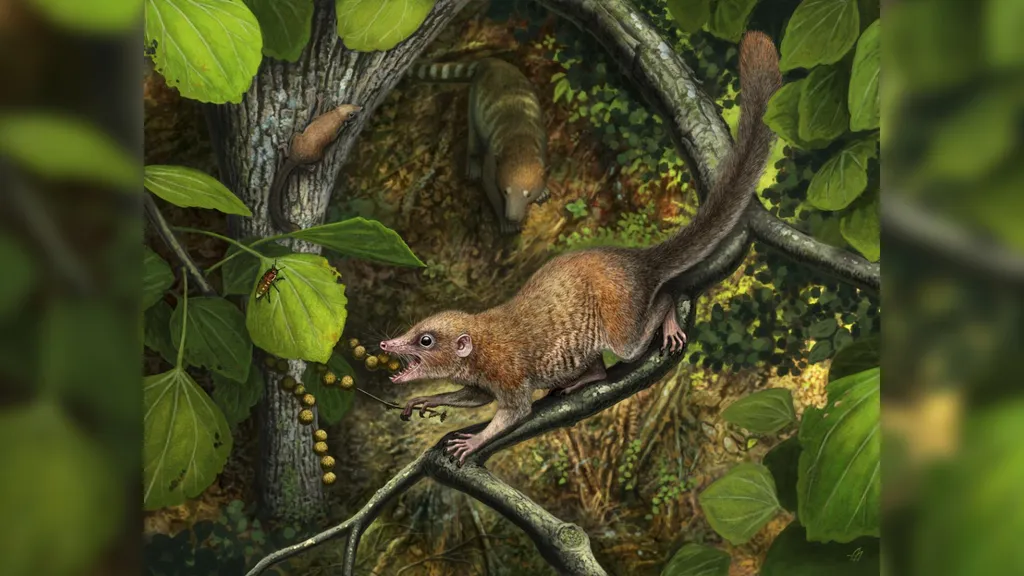
Scientists have identified the earliest primate fossils: tiny ancient teeth from a rat-size creature that suggest our ancient ancestors once lived alongside the dinosaurs.
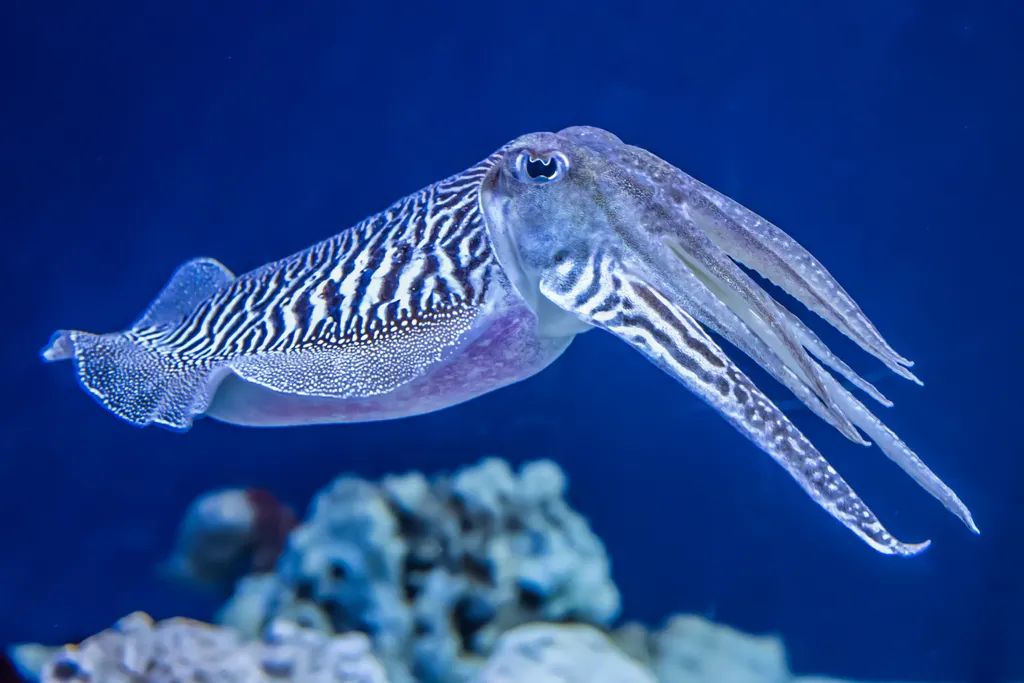
Cephalopods were willing to forgo meals when they knew that waiting meant they would be rewarded with more delicious treats, according to a new study. That makes them the first known invertebrates to show the ability to exert self-control.

Teenage T rexes and other carnivorous dinosaurs the size of lions or bears may have crowded out smaller species, explaining why there are so few of them preserved in the fossil record, research suggests.
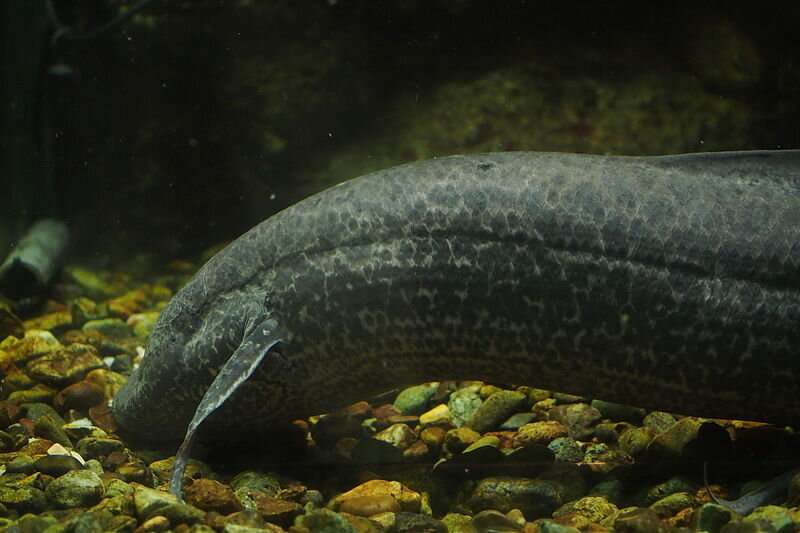
The water-to-land transition is a leap in the history of vertebrate evolution and one of the most important scientific issues in vertebrate evolution. Previous studies have shown that vertebrate landing occurred in bony fishes.
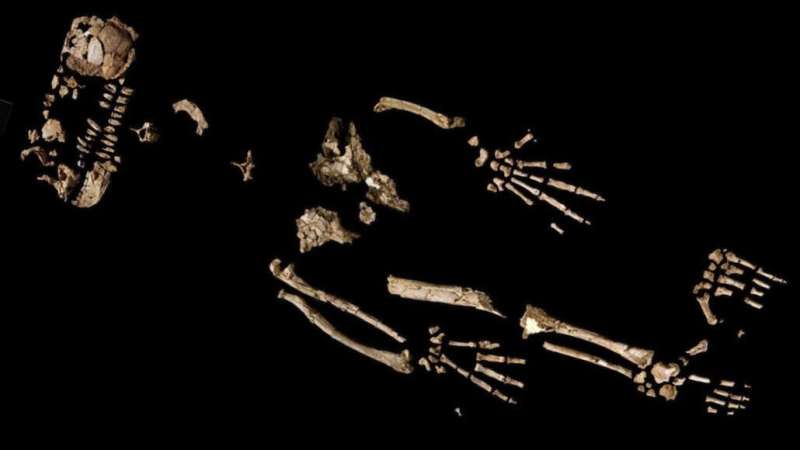
Thomas Cody Prang, assistant professor of anthropology, and colleagues examined the skeletal remains of Ardipithecus ramidus (“Ardi”), dated to 4.4 million years old and found in Ethiopia. One of Ardi’s hands was exceptionally well-preserved.

Researchers are building a growing (and glowing) list of fluorescent mammals, and a new addition, an endearing jumping rodent called the springhare, just leapt into the spotlight, its brown fur lighting up in swirling disco patterns of pink and orange under ultraviolet (UV) rays.
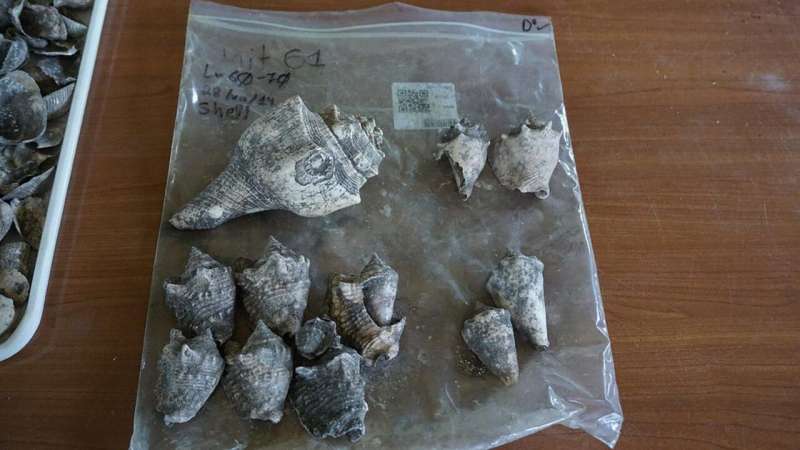
In Wonderland, Alice drank a potion to shrink herself. In nature, some animal species shrink to escape the attention of human hunters, a process that takes from decades to millennia.
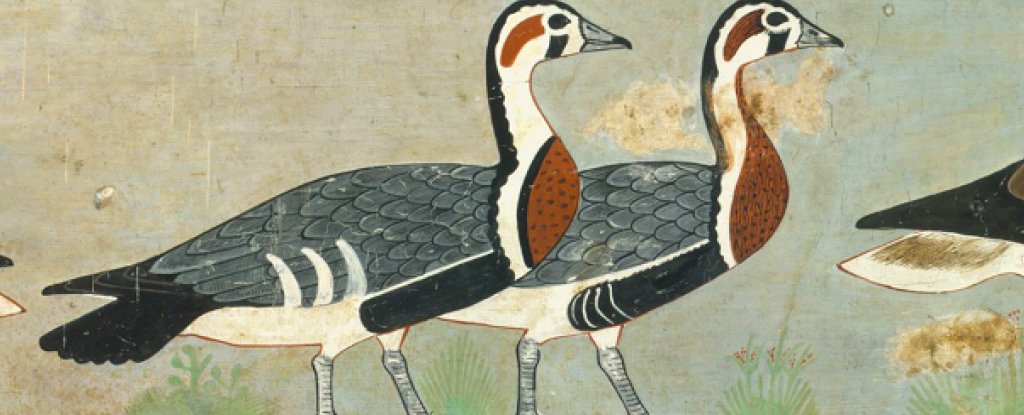
Artwork that had adorned the walls of an Egyptian prince’s tomb for more than four millennia has been found to contain images of a bird completely unknown to modern science – until now.

The rodents are often considered ‘nuisance animals’, but they can play a vital role in maintaining healthy landscapes

A life size kangaroo painted in red ochre around 17,300 years ago is Australia’s oldest known rock art. This indicates that the earliest style of rock art in Australia focused on animals, similar to the early cave art found in Indonesia and Europe.
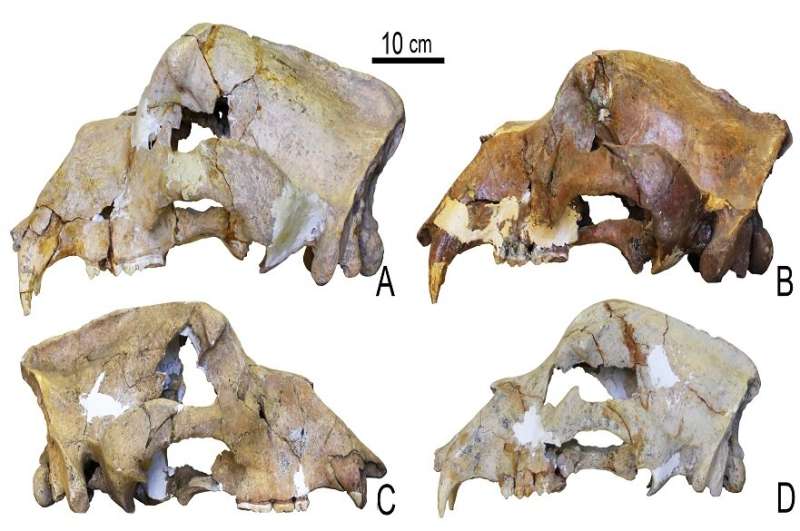
Scientists have successfully sequenced the genome of an extinct cave bear using a 360,000-year-old bone—the oldest genome of any organism from a non-permafrost environment.








